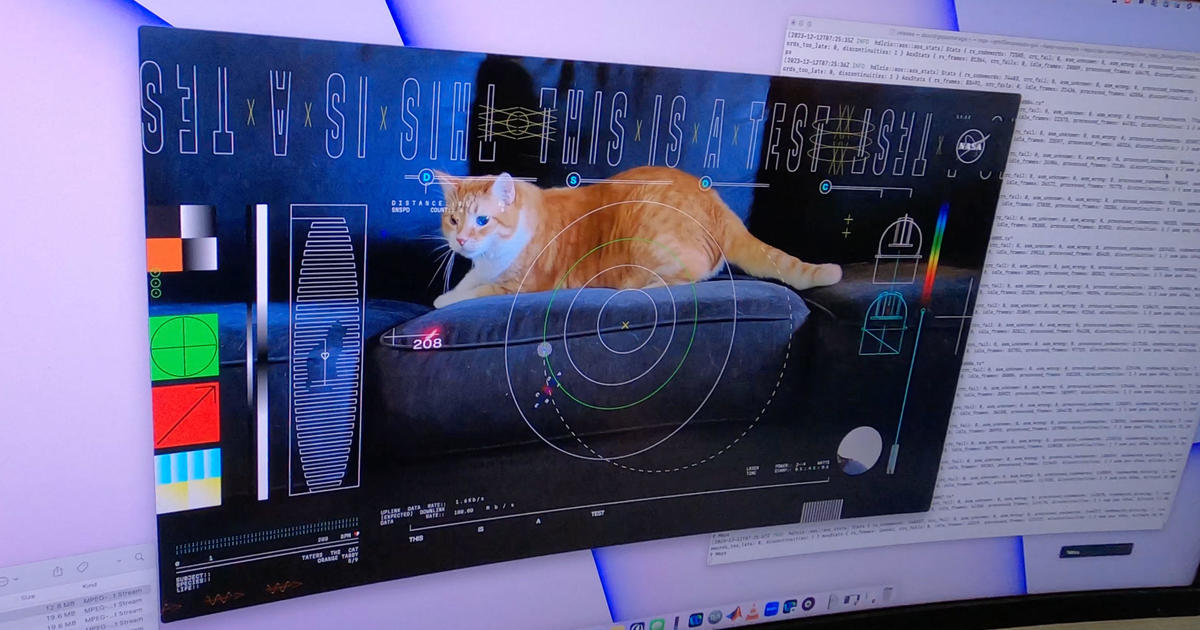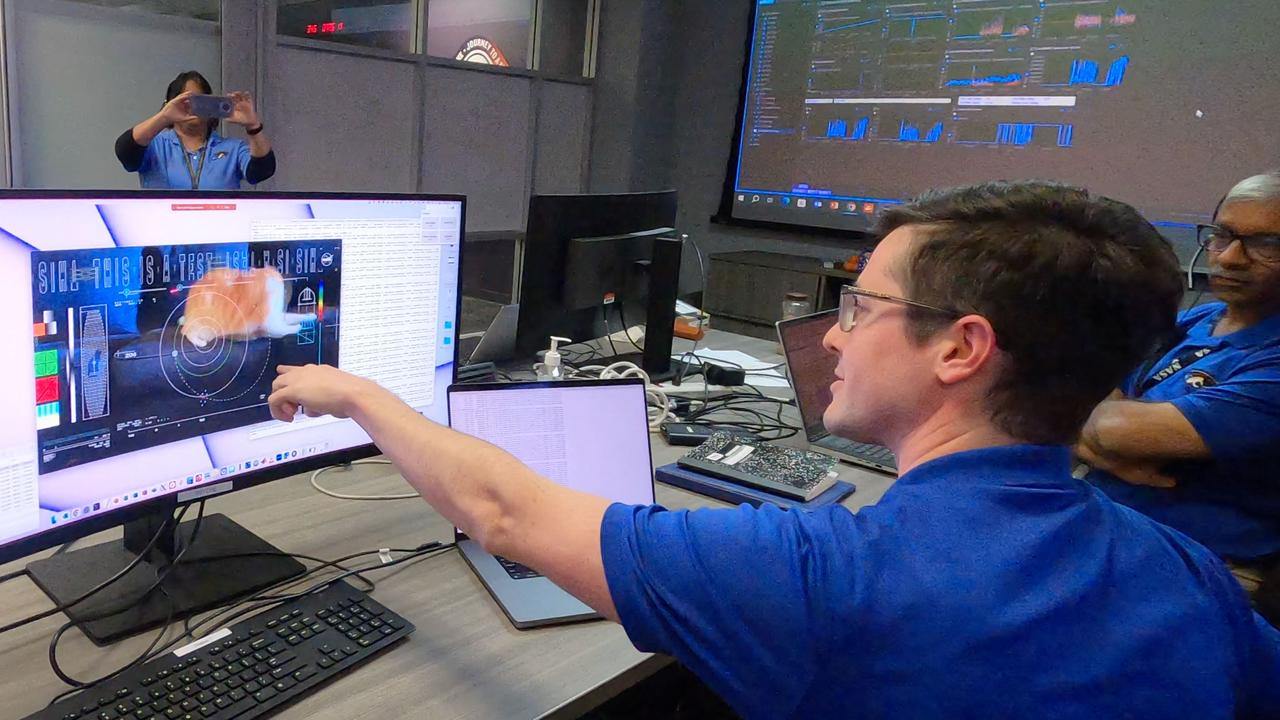NASA Uses Laser To Send Video Of A Cat Over 19 Million Miles
NASA said Monday that it NASA uses laser to send video of a cat called Taters from almost 19 million miles away. As a test for NASA's Deep Space Optical Communications, the 15-second video of a cat was sent to Earth.
Author:Hajra ShannonReviewer:Paula M. GrahamDec 19, 2023363 Shares20.1K Views

NASA said Monday that it NASA uses laser to send video of a cat called Taters from almost 19 million miles away. As a test for NASA's Deep Space Optical Communications, the 15-second video of a cat was sent to Earth. The space agency wants to be able to stream very high-bandwidth video and other data from deep space one day. This would allow people to go on trips beyond Earth's orbit in the future.
NASA Uses Laser To Send Video Of A Cat
A laser transmission experiment on NASA's Psyche mission sent a video back to Earth from almost 19 million miles (31 million kilometers) away. Taters the cat is in the short clip. It's the first time that NASA has used a laser to stream a movie from space.
In the very high-definition video, the orange tabby cat chases, what else? The red dot from a laser light as it moves across a couch.
For the Deep Space Optical Communications project or DSOC, the cat video came back to Earth from a flight laser transceiver. In the future, when people go to places like Mars to explore space further, this technology could be used to quickly send data, pictures, and movies.
In a near-infrared laser, the 15-second video was sent from the Psyche spaceship to the Hale Telescope at the Palomar Observatory at the California Institute of Technology. The observatory downloaded the movie on December 11, and NASA's Jet Propulsion Laboratory in Pasadena, California, watched every frame live. Bill Klipstein, is in charge of the JPL tech demo project, said:
“„One of the goals is to demonstrate the ability to transmit broadband video across millions of miles. Nothing on Psyche generates video data, so we usually send packets of randomly generated test data.- Bill Klipstein
“„But to make this significant event more memorable, we decided to work with designers at JPL to create a fun video, which captures the essence of the demo as part of the Psyche mission.- Bill Klipstein
At 267 megabits per second (Mbps), it only took 101 seconds for the ultra-high-definition movie to go that far.
A news release from NASA's Jet Propulsion Laboratory's Ryan Rogalin said:
“„Despite transmitting from millions of miles away, it was able to send the video faster than most broadband internet connections.- Ryan Rogalin
“„In fact, after receiving the video at Palomar [Observatory], it was sent to JPL over the internet, and that connection was slower than the signal coming from deep space.- Ryan Rogalin
NASA's Psyche spacecraft is carrying the "Deep Space Optical Communications" experiment to try the new laser technology. This is a big step forward for the experiment.
"First light" was reached on November 14, and this is the next big step. During its weekly checks, the device has shown faster data downlink speeds and better-pointing accuracy since then.
The project showed downlink bit rates of 62.5 Mbps, 100 Mbps, and 267 Mbps on the night of December 4. These speeds are about the same as fast internet download speeds. While that was going on, the team was able to receive 1.3 terabits of data. During its whole trip from 1990 to 1994, NASA's Magellan mission to Venus downlinked 1.2 terabits. Ken Andrews, who is in charge of flights at JPL, said:
“„When we achieved first light, we were excited, but also cautious. This is a new technology, and we are experimenting with how it works. But now, with the help of our Psyche colleagues, we are getting used to working with the system and can lock onto the spacecraft and ground terminals for longer than we could previously. We are learning something new during each checkout.- Ken Andrews
Conclusion
NASA said on Monday that a high-tech laser communication system on a spaceship 19 million miles (31 million kilometers) from Earth had been used to send a high-definition video of a cat.
The 15-second meow-vie of Taters, an orange tabby cat, is the first to be streamed from deep space. It shows that it is possible to send the faster data rates needed for complex operations like sending people to Mars.
The movie was sent to Earth by the Psyche probe's laser transceiver. The probe is on its way to the main asteroid belt, which is between Mars and Jupiter, to look into a strange metal-rich object. The spaceship was 80 times farther away from Earth when it sent the video.

Hajra Shannon
Author

Paula M. Graham
Reviewer
Latest Articles
Popular Articles
